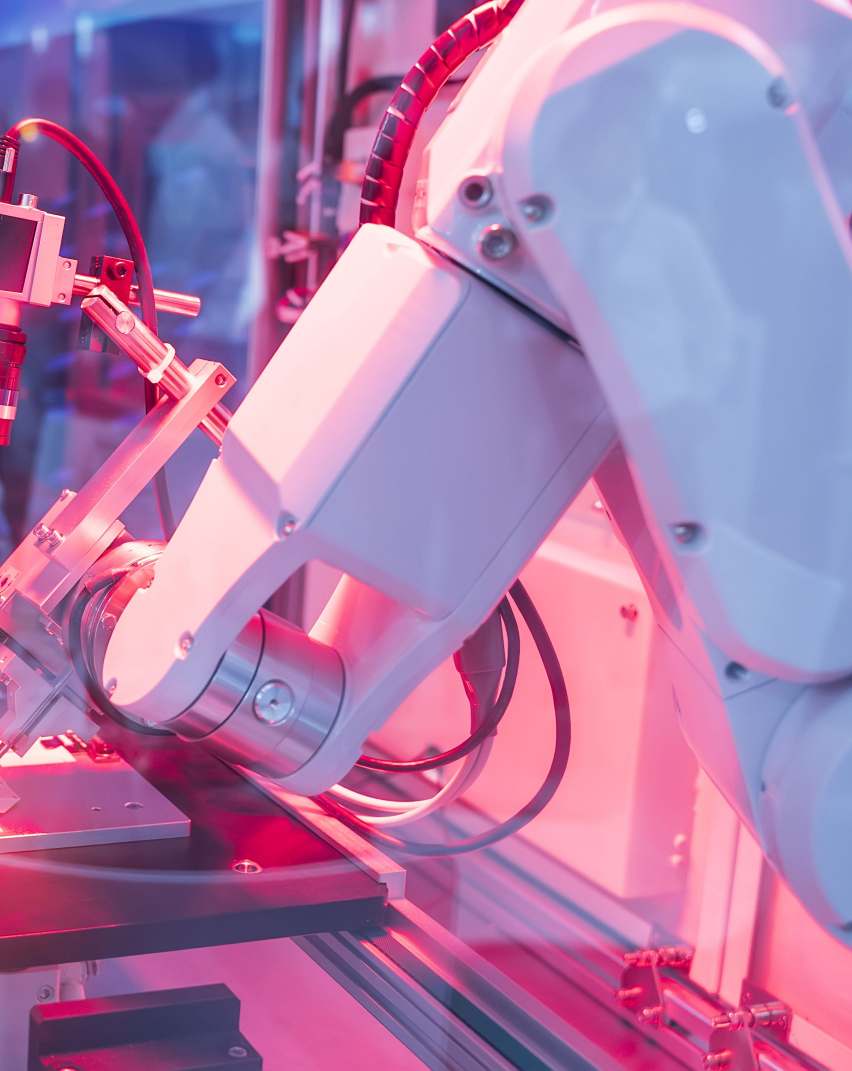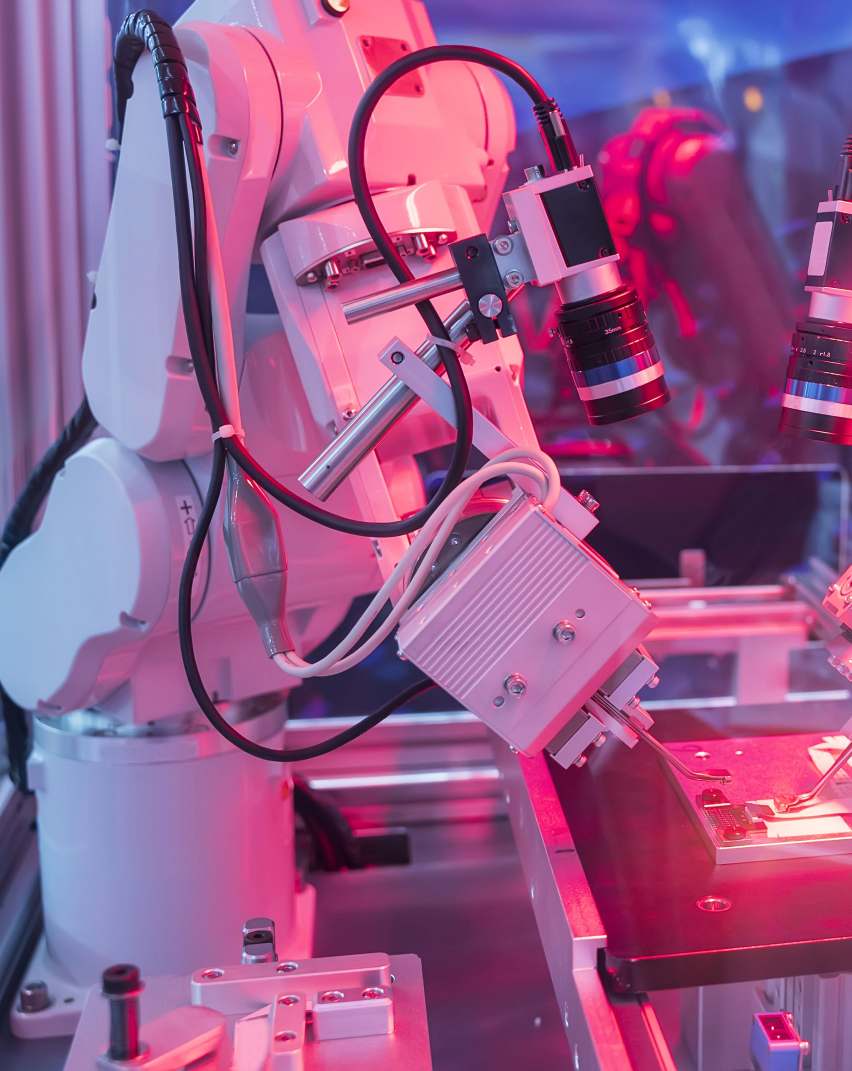The need for artificial intelligence in the manufacturing industry
Ever since the internet became a critical part of everyday life, the top factories have been digitising their operations. Now, digital technology is a widely used capability in every organisation, irrespective of size, providing vast amounts of information. However, there can be so many data available that many organisations are illequipped to use what is at their disposal.
Manufacturing companies face their own challenges. From defective product delivery to unexpected failure of machinery, there is a lot that can go wrong. This is where Artificial Intelligence (AI) comes in to give manufacturers the leverage needed to launch new products, enhance operational efficiency, and to personalise the designs of products and their corresponding services.
Manufacturing consists of analytical data, which machines are more capable of analysing compared to humans. Even in complex situations, machine learning models have proven to be effective at predicting the effects of individual variables.
Why is there an increased need for AI in manufacturing?
The true effectiveness of AI in manufacturing is still being realised. Capgemini conducted a study that included 22 uses cases in top manufacturing companies. It identified that intelligent maintenance, demand planning, and product quality inspection are the three key aspects of AI technology for manufacturers to use.
Including the likes of BMW and Canon, Capgemini covered various organisations that are using AI to enhance their production process. For example, the major cereal products producer, Kellogg’s, is using AI for new product development. They launched a system to help customers pick out a recipe to make a product of their choice on their Bear Naked cereal bar website. The final products manufactured by the consumer giant are those that the customers wanted based on the AI algorithm’s analysis.
There are numerous reasons why AI is readily being adopted by the manufacturing industry:
1. To avoid frequent inspections from government and other regulatory bodies
2. Greater volatility of reveue streams makes it difficult to match products and processes to markets
3. Need to reduce costs


4. Need to reduce production times and increase efficiency
5. Increase adaptability and learning on the factory floor
6. Rising supply chain demands and manucturing capacity can lead to increased risk for companies
7. There is a heightened requirement for personalised goods
The benefits of AI to manufacturing industries
Increased safety
Being one of the riskiest industrial sectors, manufacturing is the reason behind an average of nine fatalities and 3,000 injuries each year across Europe. There is now plenty of evidence that shows if robots get involved in more complex and riskier tasks, unwanted accidents can be reduced, even when such tasks are semi-automated, human-centric environments. All of this is due to the benefit of AI monitoring, assessing, and predicting the potential risks.
Cost-Effectiveness
AI technology is effective when it comes to enhancing the analytics capability of an organisation, which allows it to efficiently allocate its resources, come up with better forecasts, and save on inventory costs. Due to the more advanced analytics capabilities at their disposal, businesses are also known to have made the jump towards predictive maintenance, thereby decreasing maintenance and downtime costs. In addition, operation costs are further saved by not having to pay out salaries.
Quality Assurance
Manufacturing is no easy task, and in order to produce fault-free products, each stage of the process should go as planned. Where once a skilled human was required to ensure the flawless manufacturing of goods, image processing and other sensor-based algorithms have taken over. The only requirement is the installation of sensors at critical points throughout the production process to make inspection automatic.
Quicker Decision Making
Due to the availability of a wide variety of Internet of Things (IoT) sensors, manufacturing companies can quite easily accumulate many terabytes of data and use real-time analytics to gain insights into how their products are made. Therefore, they are better equipped to make informed and quick decisions.
Generative Design
One of the lesser-known capabilities of an AI is in facilitating the development and design of products. A design engineer inputs the expected boundary conditions into a generative design algorithm, which will then analyse possible permutations and come up with a suitable design. Machine learning further helps in this process by testing various possible application scenarios to evaluate the viability of the design and suggest further improvements.
Digital Twins
Developing a digital twin of an already existing product and/or process means creating a virtual representation to gain valuable insight into it and experiment further. Connecting AI to a digital twin environment can be very useful to manufacturers in the following ways:
• Product Development
Digital twins can additionally be used even before an actual product is manufactured. Thus, production companies can gather data and work on improving the physical counterpart.
• Design Customisation
Since there is currently a high demand for customisation, manufacturers can utilise digital twins to produce multiple permutations of the same product. Thus, customers will be able to buy goods by accounting for performance metrics rather than making the decision based on the design alone.
• Improvement in Shop Floor Performance
By using a digital twin, manufacturing companies can oversee and analyse the process of production to assure quality and identify where the performance is lagging. It enables manufacturers to receive clarity when it comes to input materials and automatically works out a solution.
Enhancing AI Adaptability in the Netherlands
In October of 2019, the Dutch Government released an action plan to enhance the global competitiveness of the Netherlands using AI. This plan was focused on three main pillars.
1. Development of policies to urge the adoption and implementation of AI in a wide array of private and public sector industries. In addition, the promotion of the use of AI was to be ensured when it came to taking on societal challenges.
2. Policies were to be devised to support the education and training in AI, leading to its advancement. Thereby, qualitative data could be attained, and digital infrastructure could be improved.
3. Policy actions could be increased, which would be in relation to some specific ethical issues, like human rights, the safety of citizens, consumer protection, and trust.
The strategy consisted of numerous initiatives, which would foster the growth of AI through various applications.
Conclusion
Artificial Intelligence has matured to a level where manufacturing industry can certainly benefit. Although there are some tried and tested applications, the majority of uses are still in the early adopter phase. However, as technology develops at an ever-increasing rate, it is important for manufacturers to at least be familiarising themselves with the possibilities and seriously considering plans for implementation. Costs, benefits, and ROI are still unclear but there is a definite need for upskilling and learning the relevant technologies. As is often the case, the costs incurred for not doing these things can be much higher.
